set the Blu-ray player in motion at dusk. Inside was my as-yet unplayed Blu-ray disc of The Name of the Rose, Jean-Jacques Annaud's 1986 "palimpsest of Umberto Eco's novel", i.e. – film. The idea was that it would be dark outside by the point the film's heroes, William of Baskerville and Adso of Melk, were plunged into the mysteries of the abbey. My timing was pretty good as the light was all but gone from the sky as the pair was wandering the snowy hill where the body of Adelmo of Otranto had been found.
If memory serves, I first saw The Name of the Rose
back in 1990 or '91 when my roommate went on a mini Sean Connery marathon and
rented it on VHS from Four Star Video. I fell in love with it instantly. The
DVD was certainly an upgrade from videotape but the movie portrays a world lit
by fire and the old NTSC television standard just wasn’t up to the task of accurately
reproducing all of the film's textures of light and shade. While nothing will
match a fine 35mm print of The Name of the Rose, I figured the Blu-ray would
at least be leaps and bounds ahead of previous home viewing methods. And so it
was.
A large part of why I adore this movie so is that I am enamored of the European Middle Ages. Here it is the Late Middle Ages – 1327 – and you've got a bunch of monks venerating books with the passion of Barry in High Fidelity, just less ostentatiously. But, instead of revering Led Zeppelin and Echo and the Bunnymen, these monks cherish their St. Thomas Aquinas and Aristotle. Especially Aristotle. I suspect I enjoy medieval history in large measure because I can see my world underneath all of the superstition and behind the Christianity. Yet it is also foreign and exotic. And that tension is something I find fascinating and addictive.
Another thing I enjoy immensely is a good mystery and there
are multiple ones here. Who killed whom? What are the various characters hiding? To
describe the film as a Sherlock Holmes tale set in the Middle Ages is an oversimplification
but not wholly inaccurate. Umberto Eco's novel also has the whodunnit elements but also
much, much more.
The skeletal plot is thus: A Franciscan friar named William
of Baskerville, played by Sean Connery, and his novice, Adso of Melk, a young
Christian Slater, arrive at a Benedictine abbey where a group of their fellow
Franciscans are to debate a Papal delegation on the matter of Christ's poverty.
This was a real bone of contention in the 14th century and Wikipedia says it was known as the
"theoretical poverty controversy". Shortly after they arrive, William
notices a fresh grave in the abbey's cemetery and he is told that an
illuminator, Adlemo, recently died under mysterious circumstances. And so
William investigates his death and concludes it was a suicide. But another
monk, a translator of Greek named Venantius, is found dead, his corpse in a vat
of pig's blood. William is now investigating murder.
The movie hews to the murder investigation much more closely
than the novel which gives many pages to the debate surrounding Christ's poverty
and matters of the Church more generally. Eco was a semiotician so the book
dedicates many a page to signs and symbols. One scene that I loved when I
reread the book last year was when Adso stands before a doorway and ponders the
arch and the art and the inscription for 4 or 5 pages. Still, while the movie
doesn't go into the history in depth and can only dedicate so much time to the themes
the book elaborates upon at length, I think Annaud elevates them above being mere
baubles.
As movies go, The Name of the Rose probably portrays the
early 14th century more realistically than any other. Or, at least
as realistically. As noted in the October 1986 article about the film in American
Cinematographer magazine, "Every prop, every piece of furniture, every
book in the film was handmade in Italy." When William uses his glasses to
inspect an illustration on the desk of one of the scribes, that gold leaf is
the real deal. And the monks who inhabit the monastery are a genuine grotesquerie
with their tonsures, moles, missing teeth, cataract-ridden eyes, exceedingly
pale complexions, and so on. Most of them are vulgar in one way or another. Add
in a few dwarves/little people and you get this weird Fellini-esque vibe.
As would likely have been the case in 1327, the abbey is
populated by men from various part of Europe and beyond. Malachi, the head
librarian, is played by the German actor Volker Prechtel. Here Prechtel's
chiseled features, his large nose, and a thin, U-shaped bit of unkept hair all
conspire to give him a stern countenance. So, when William tries to gain access
to the library, his curt replies consisting solely of "No" in a
German accent just come across as extra sinister. It's a little thing but just
so effective and memorable.
At times the volume goes up to jolt the viewer such as when a
sotto voce conversation between William and the Abbot concludes and we immediately
get the loud squeals of a pig being slaughtered. Sacred sounds tend to be in hushed tones while the profane blare like Gabriel's horn. But the audio dynamics are also used to illustrate the difference between the abbey's inhabitants and outsiders. For example, there is William's joyous outburst
when he and Adso steal their way into the library. Not only is it loud, but it
is a laugh, something that we know Jorge would disapprove of immensely.
And the characters here are so very fun. The monks and
friars that are the least bit significant all have distinct personalities, countenances,
ways of speaking, and so on. For instance, there's William's fellow Franciscan,
Ubertino of Casale, with a deep, slightly raspy voice who draws out syllables
so that most of what he says has a melodramatic quality to it. Berengar is
overweight, unnaturally pale, and I think the only time we hear his voice is when he
screams in a very feminine manner. I just love how the film makes the monastery
out to be this menagerie of humanity.
One thing that didn't occur to me until my recent viewing was just how densely packed the film is with information. I was reminded of JFK and
how Oliver Stone was constantly throwing evidence and conspiracy theories at the viewer.
Here several characters and their motivations have to be presented even if just
to make them a suspect. We see Berengar lustfully gaze at the young Adso while
Malachi's steely eyes throw shade at William. Annaud has William explain some
things to Adso while brief cutaways show us people's facial expressions that
impart even more information. And because so many monks are not leading the
pious life prescribed for them, there is much indeed to tell the viewer.
While it doesn't have the glacial pace of a Tarkovsky film (I mean no offense to the Russian auteur), The
Name of the Rose moves slowly as
did life in a medieval abbey, I suppose. The murder mystery takes centerstage
but there's also Adso's young lust for the girl who lives in the village
outside the abbey. Yes, it presents an opportunity for a salacious scene but her character also provides motiviation for Adso and helps illustrate that the clergy don't always view the laity with vos estis sal terrae in mind. And there's the debate about Christ's poverty. In addition, we have William's
rationality competing against his faith. Yes, these topics yield to the mystery but there is a
lot to be had here.
Watching The Name of the Rose should be an annual rite for me although it
is currently more of a biennial thing. And, having read the book last year,
methinks I must now rewatch the mini-series from a couple years back. But first
I shall listen to the BBC audio drama adaptation.
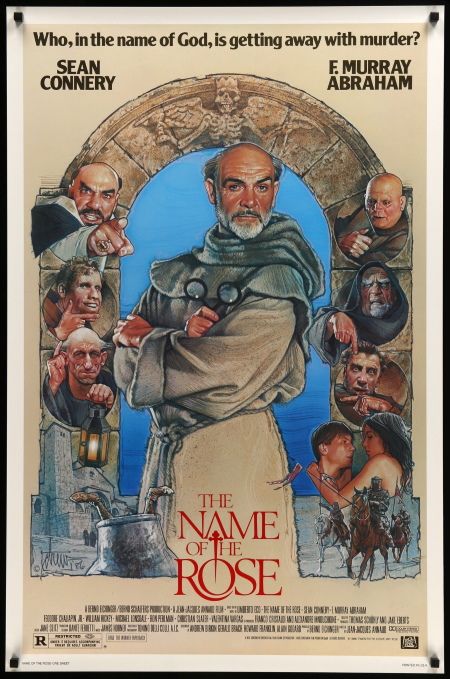
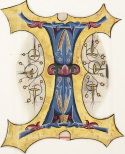

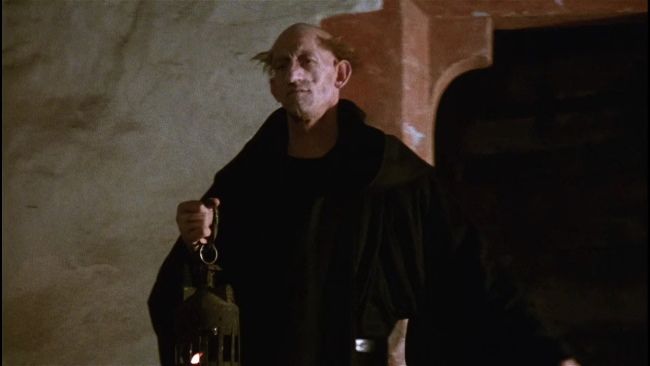
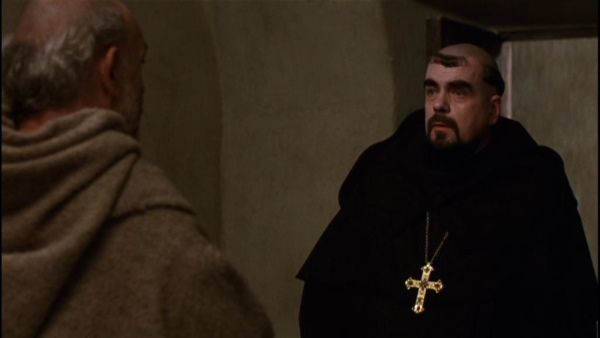
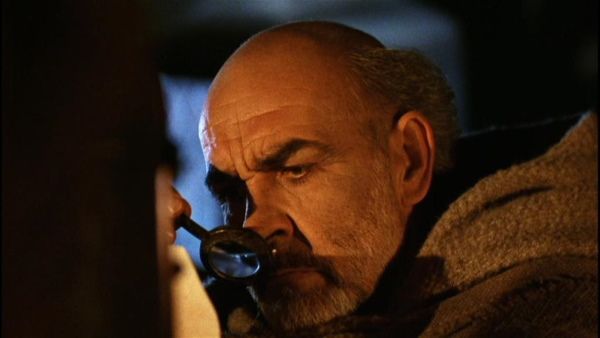
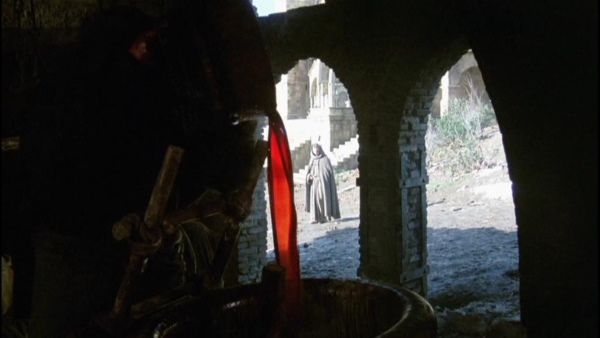
No comments:
Post a Comment